Introduction
The art market is a changing and vibrant sector that presents a wealth of investment prospects, for savvy individuals looking to grow their wealth strategically. Art galleries specifically serve as a hub for investors to take advantage of the constantly shifting cultural trends, emerging talents and sophisticated preferences of art enthusiasts. The art market showcases its strength. Promising future with stories like the painting that soared from $17 thousand to $14 million once it was verified as a genuine Rembrand piece and the modern art sectors impressive growth of more, than 2200 percent since 2000.
To make purchasing decisions and guarantee a financially sound choice when buying art pieces. its recommended for prospective buyers to carefully study the evolving landscape and latest trends in the art market world.. By grasping the significance of heritage, consistency, and genuineness in art galleries while also implementing marketing tactics and embracing the digital shift galleries can boost profits and reach a wider clientele base.. Cultivating connections with collectors and artists also amplifies the prosperity of art galleries by nurturing bonds, within the community..
Assessing the viability of an art gallery is essential for making well informed investment choices by considering aspects like revenue streams costs incurred, profit margins and chances for growth. Given the art markets reliability and lasting value as an investment opportunity galleries provide not cultural enrichment but also possible financial rewards, for investors.
Understanding the Art Market and Its Opportunities
The world of art sales presents a scene filled with opportunities for profitable investments. Especially within the domain of art galleries! A discerning investor who keeps a watch over economic trends can gauge the ever evolving cultural preferences; the popular art styles of the moment; the rising talents capturing public interest; and the refined tastes of art collectors all play a crucial role, in spotting and seizing lucrative prospects. Consider the incredible story of a painting that was initially valued at $17k but skyrocketed to an astonishing $14 million after being confirmed as an authentic Rembrandt piece. Showcasing how the history and origin of art can outweigh its visual appeal when determining its worth in the industry. Additionally is the growth observed in the contemporary art sector with a remarkable surge of over 2200% since 2000 according to Artprice by Artmarket data. A clear indication of arts resilient nature, as an investment asset that continues to perform strongly even during turbulent global times. The United States, together with China and the UK, have emerged as influencers in propelling this sector ahead. Prospective purchasers are recommended to assess the evolving framework and present patterns, in the art industry, to make well-informed purchasing decisions that ensure their investment in an art exhibition is not just a pursuit of interest but also a financially feasible choice.
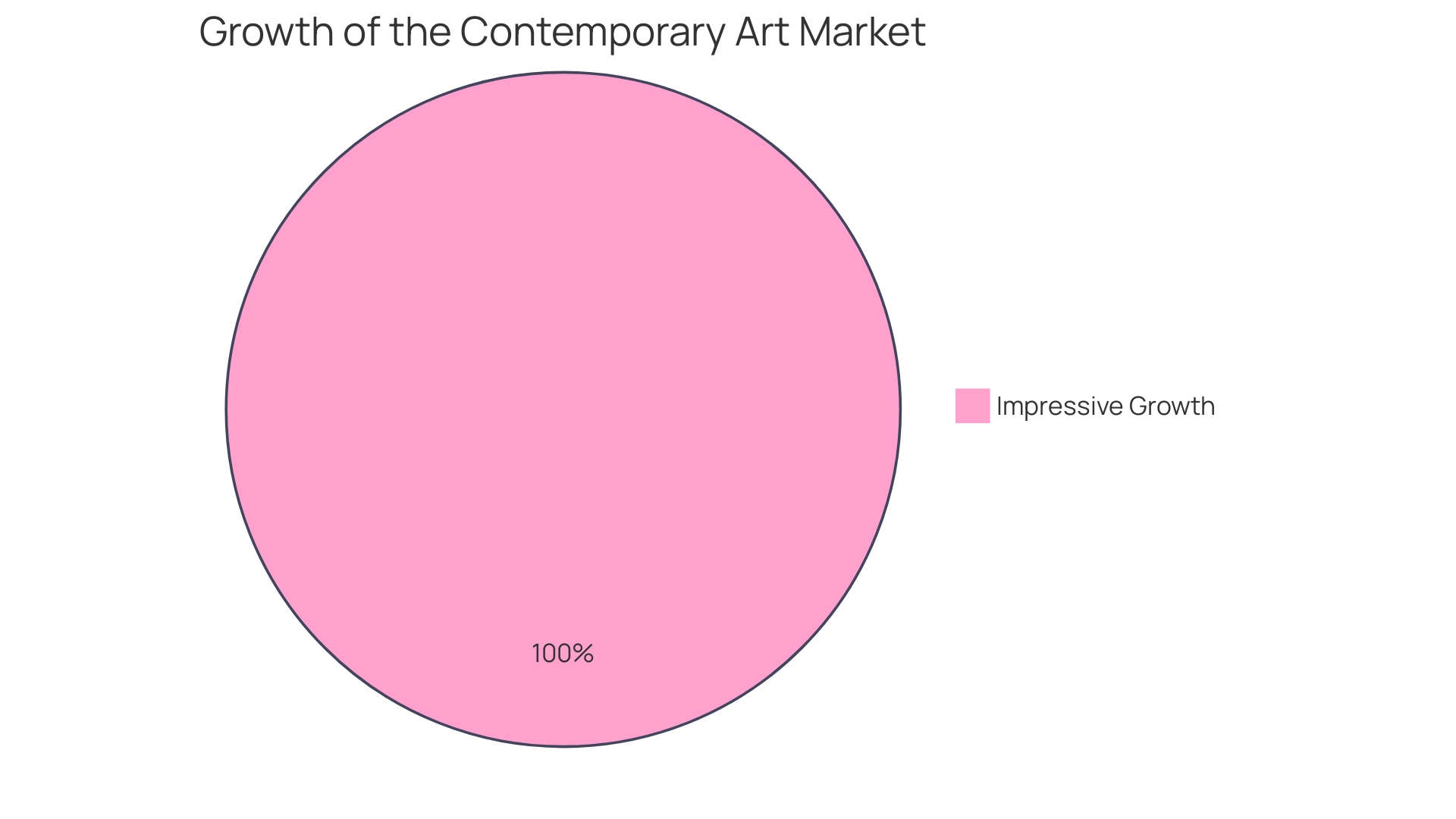
Key Considerations for Purchasing an Art Gallery
When entering the art industry by acquiring an art space like the Prouté Gallery in Paris with its legacy of over a hundred years of success reflecting the significance of tradition and knowledge – it's crucial to meticulously examine its background and reputation for authenticity and reliability that can instill confidence in prospective customers.. It's not about having a prestigious lineage; it's also about assuring buyers of high standards and trustworthiness. Comprehending the stability of a gallery is essential, along with having a good grasp of the nuances of the art industry. Since 2000 alone, the contemporary art industry has demonstrated a growth of over 2200%, showcasing the sectors liveliness and ability to withstand challenges. Successfully maneuvering through this evolving market necessitates a deep understanding of auction data and market trends while also acknowledging how cultural and economic factors impact the value of art. Critical factors for a art exhibition venue's trajectory encompass the diversity of its clientele and its connections with creators, as well as the variety of artworks it presents – including potential inclusions such as digital art, such as NFTs. Moreover, the prime position of the art exhibition and its competitive advantage should be considered. Galleries like the Hudson River School and others showcasing the creations of, than 340000 artists present limitless opportunities to curate a distinctive and desirable collection. By examining the collection of artworks in the exhibition and aligning it with the demands of buyers, they can make choices that establish the basis for a flourishing art enterprise.
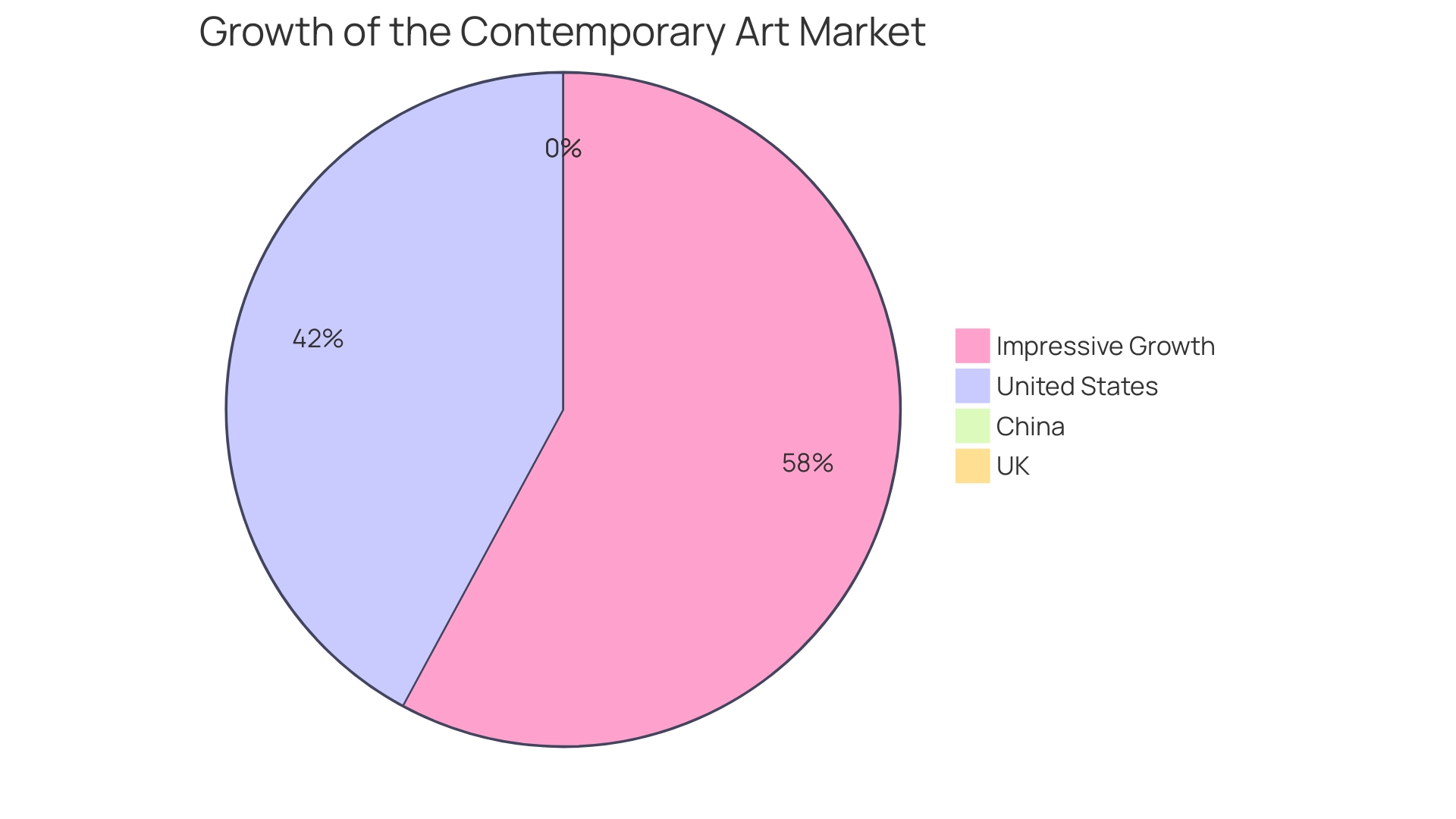
Marketing Strategies for Art Galleries to Increase Profitability
Art exhibition spaces and other comparable enterprises have a chance to distinguish themselves by embracing inventive promotional strategies that capture interest and effectively involve patrons. The impact of a planned marketing strategy can be seen in the achievements of businesses that have utilized their unique setting and branding to captivate their audience. For instance, a well-liked eatery in a specific area witnessed a notable rise in sales by leveraging its position to draw in customers, emphasizing the importance of awareness in the industry.
Artificial intelligence has revolutionized the art world in the digital era by providing a fresh avenue for artists and art spaces to explore together collaboratively and creatively. The emergence of AI art platforms serves as a link, between artists and their supporters by offering a space where creators have the opportunity to exhibit their work to a specific audience through platforms that are known for their credibility and ease of use.
The art market has experienced a rise in recent years especially in the contemporary sector which has seen a remarkable increase of 2200% since 2000 This strong growth showcases the lasting value of art, as an investment opportunity
To seize these chances galleries need to establish a brand identity that connects with their audience effectively. Utilizing social media platforms can greatly enhance the visibility and interaction with clients of an art exhibition. Organizing events that immerse visitors in unique experiences can attract large crowds and encourage active participation. Collaborating with influencers and partnering with companies can also expand the influence of a art exhibition space, in the industry.
The example of Artechouse illustrates the influence of art—a notion that was previously difficult to articulate but is now widely acknowledged and appreciated by many individuals today. Likewise to that point brought up about Artechouse is the presence maintained by the Hudson River School artists which showcases how digital platforms can amplify a reach and engagement with art enthusiasts.
Utilizing marketing strategies from different sectors other than art galleries suggested by marketing experts can provide valuable advice, for galleries seeking to adjust to the evolving landscape. Adopting a marketing approach focused on swift responses and a thorough understanding of customer signals can have a significant influence on the success of an art exhibition.
By embracing these methods and strategies can assist art galleries and comparable establishments in attracting a wide spectrum of customers and thriving in a demanding market atmosphere while converting artistic passion into successful enterprises.
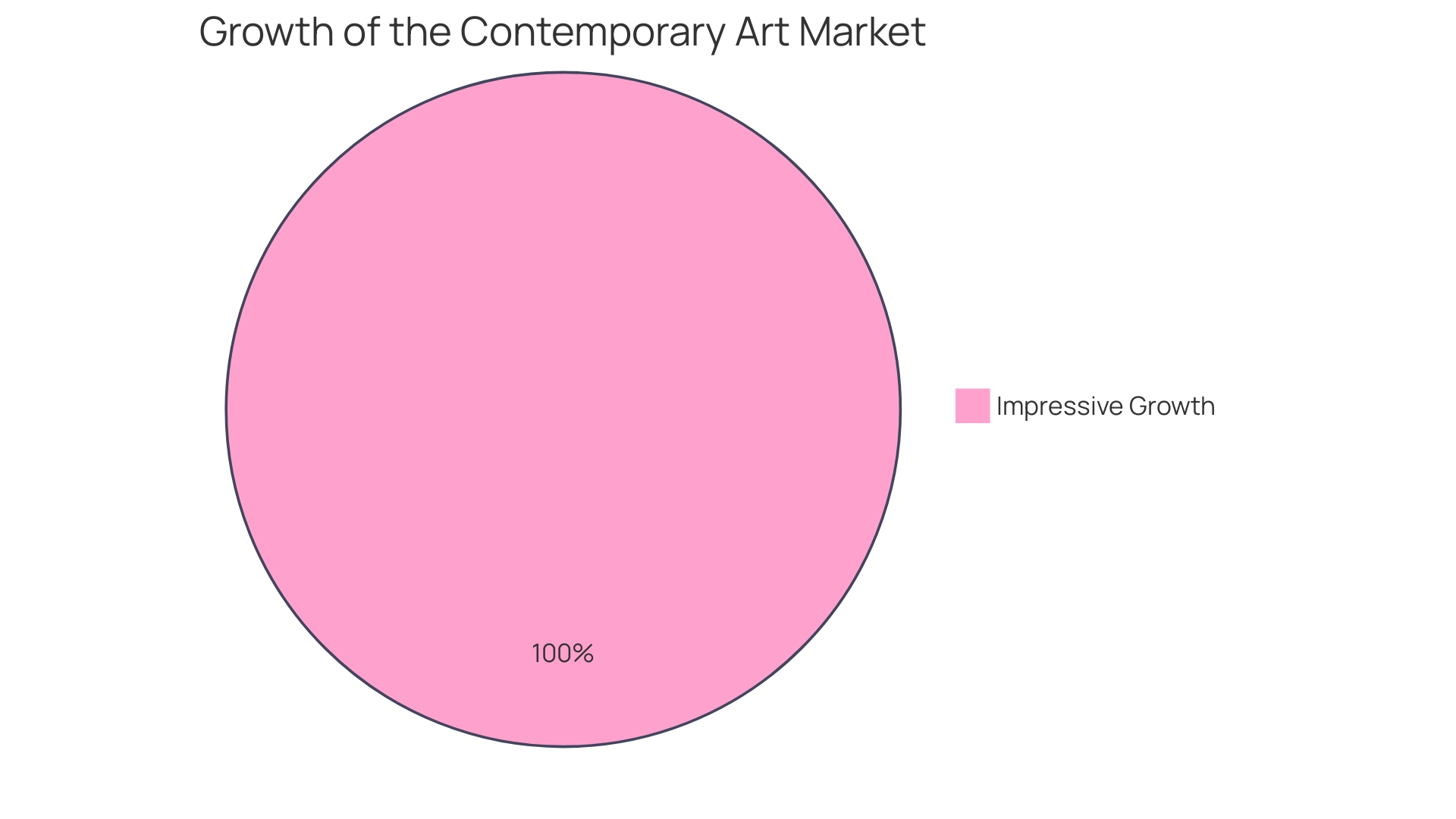
The Importance of Digital Presence for Art Galleries
The use of technology has transformed the art world significantly by enabling art galleries to reach a wider audience globally. In the realm of art especially increase of over 2200% since 2000 highlights the importance of innovation and accessibility in driving the art industry forward. Notable galleries like QB in Oslo are showcasing art to a diverse international audience while venerable establishments such as The National Gallery in London mark their 200th anniversary by offering cutting edge digital experiences,such, as an interactive virtual gallery that immerses art enthusiasts in captivating stories.
On platforms todays art enthusiasts can explore a vast array of artistic talent ranging from revered Old Masters to up and coming artists. With a rich collection of more than 17 million auction records at their fingertips for reference and inspiration. This wealth of data equips collectors with updates on market trends and offerings while playing a significant role, in shaping the dynamics of the art market scene.
Establishing an online presence is extremely crucial for art galleries as it aids in fostering credibility and trust with art enthusiasts. To succeed in todays age and keep up with the changing art landscape influenced by technology advancements... Galleries must make sure their artworks are easily reachable, to people online... By utilizing the knowledge and skills of agencies such, as Nopio art institutions can improve user satisfaction and make sure their online presence mirrors the excellence and distinctiveness of their artworks.
Art lovers today desire more than a passive observation of artwork – they crave involvement and connection with the pieces they encounter. This requirement is fulfilled through customized content plans that offer significance and showcase a comprehension of the realm of art. Taking into account the fact that 5.19 billion people are using the internet globally, the opportunity for art spaces to expand their reach and influence is enormous. Nevertheless a deliberate method is crucial to navigate the sphere proficiently and steer clear of exhaustion and distraction pitfalls.
Ultimately art spaces need to commit to embracing digital transformation in order to stay competitive and up, to date. It involves a process of adjusting and introducing new ideas to keep up with the evolving demands of the international art world.
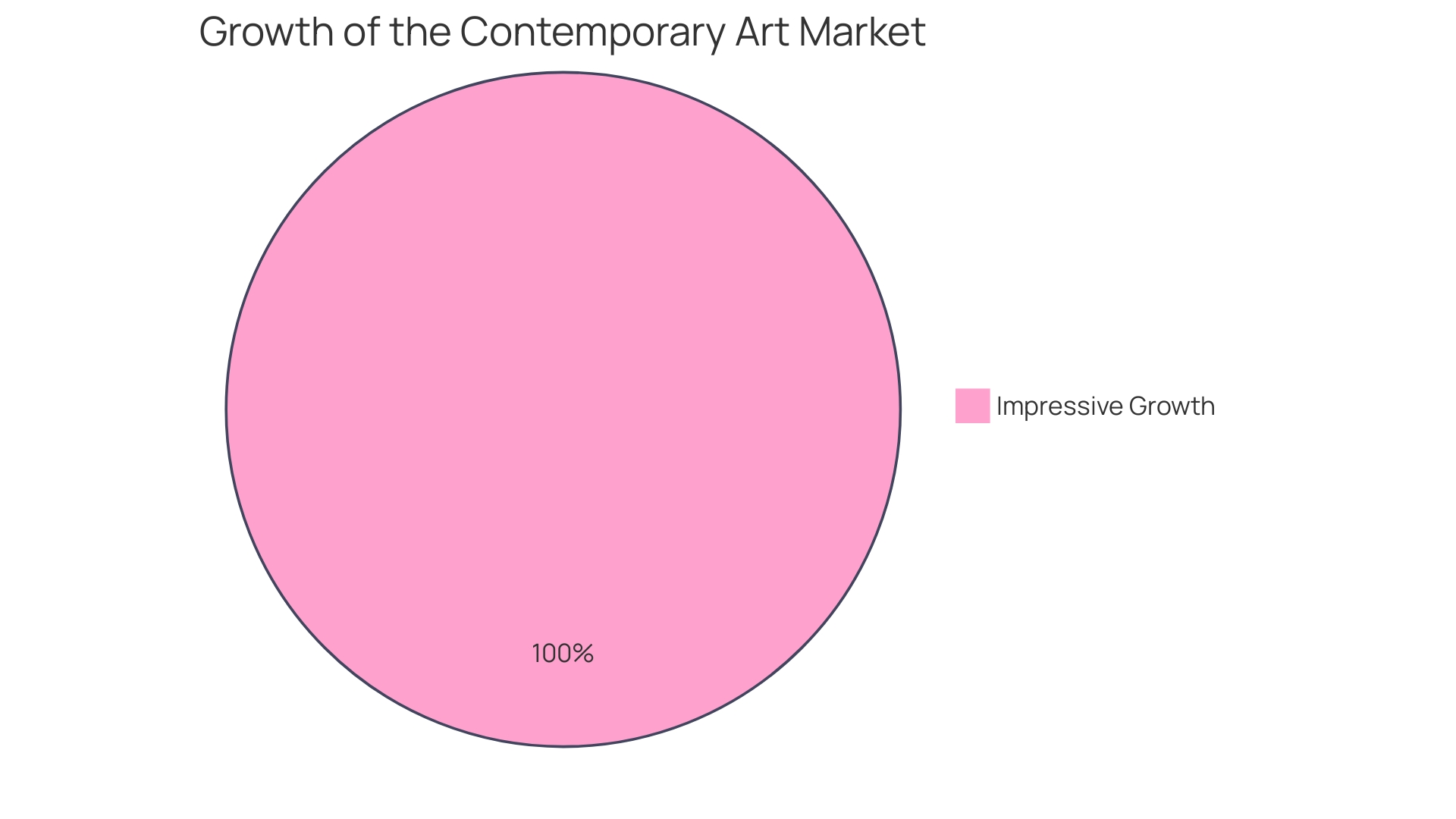
Content Marketing Techniques for Art Galleries
Art exhibitions have an opportunity to employ content marketing effectively in creating a vibrant community of art enthusiasts and collectors. Compelling content serves the purpose of educating and entertaining while also acting as a guiding light that attracts individuals passionate about the arts. Notch written pieces and captivating videos showcasing artists in their creative element alongside exclusive virtual exhibitions enable art spaces to demonstrate their expertise and influence in the realm of art. When it comes to discussing artwork, with customers in an engaging manner it shows excellent customer service that can help build connections and encourage future purchases.
In todays era of thriving art market advancement showing a remarkable increase of over 2200 percent since 2000 as reported by Artprice by Artmarket underscores the crucial role of content marketing for art institutions to engage with the fervent art community demonstrated by a 16 percent rise in Western art auction sales volume. Crafted curated content that is practical and tailored plays a pivotal role, in distinguishing oneself amidst the vast digital realm. To enhance the content with expertise and authenticity in line with the EASY framework principles it is valuable to engage in interviews, with subject matter experts and showcase their viewpoints.
Moreover, in this age of advanced technologies like AI, art exhibition spaces now have the opportunity to improve their content creation process, guaranteeing that every piece of content, whether it is an advertisement or a detailed article, is tailored to suit the dimensions and styles that attract their audience. By investing effort, in comprehending and utilizing tools, art spaces are well positioned to succeed in engaging with both audiences and search engines effectively.
Staying updated with the recent trends in the art world is crucial for galleries to stay competitive and relevant in today's market landscape, such as what you can find on Artmarket.com - a platform that offers valuable insights supported by a vast database of over 37 million data points. Subscribing to newsletters and staying updated about the art market enables art venues to adjust their marketing strategies according to the changing tastes and preferences of art enthusiasts. In essence by embracing a content marketing strategy, art spaces can enhance their brand reputation as well as establish themselves as a go to destination for art lovers and collectors while also becoming influential figures within the art community.
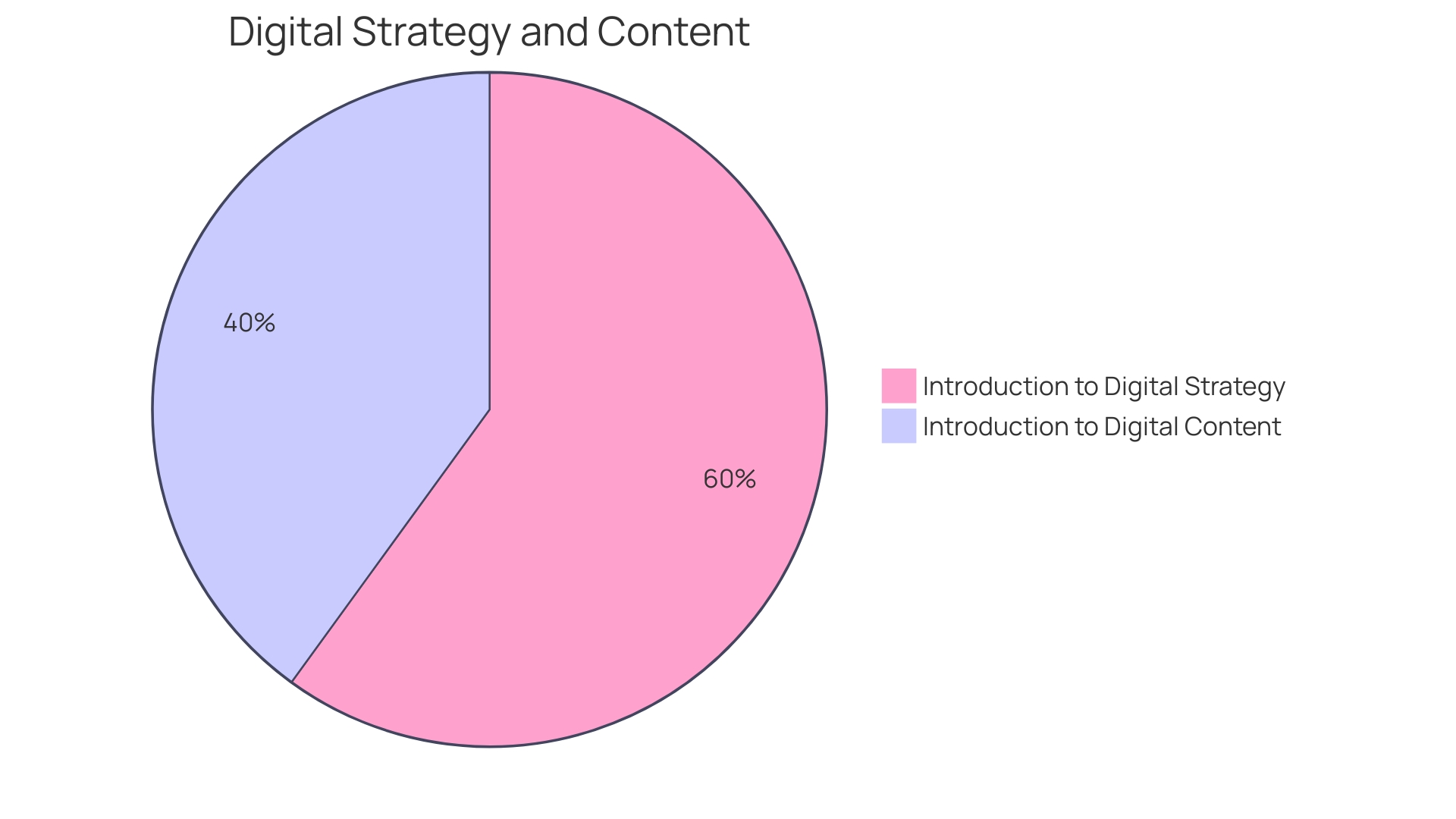
Building Relationships with Collectors and Artists
The art scene is always changing and building connections within this community isn't just helpful. It's crucial for the flourishing of art exhibits. Interacting with collectors on a personal level could result in a dedicated clientele base and positive word of mouth referrals besides granting access to unique and sought after artworks. On the other hand, it is equally crucial to nurture connections, with creatives as it allows art spaces to showcase captivating artworks while participating in unique collaborations and accessing the artists' networks. Arranging exhibitions and talks with creative individuals and providing tailored assistance are some of the methods art spaces can cultivate these relationships among individuals and art admirers. For example the Van Gogh House in London demonstrates this approach by commissioning artworks that reflect the areas current societal themes resulting in engaging experiences for guests. Similarly, the unique displays at Winsing Art Place highlight the significance of curation and collaboration, between artists and art centers.
The modern art industry has experienced a surge of more than 2200% since 2000 and art fairs have become indispensable in this thriving environment for galleries to connect and broaden their influence effectively through strategic planning and engaging with curators to cultivate valuable conversations that shape the future narrative of the art world. Using data analysis and understanding market trends can assist art establishments in navigating the art market landscape by making well informed choices and staying up-to-date with current trends.
In the end the art scene flourishes thanks to its network of connections. Interacting with the art community, promoting interactions and staying updated with information and market trends enables art galleries to establish a flourishing and enduring presence, in the artistic realm.
Evaluating the Financial Potential of an Art Gallery
When considering buying an art exhibition space, it is crucial to not only concentrate on the visual aspect but also on the financial stability and potential of the establishment in question. Examining the documents of the art exhibition is vital; evaluating its various sources of revenue and expenses as well as overall profit margins is necessary. This examination should also cover aspects like the art space's pricing tactics and commissions along with avenues, for growth and expansion. The art industry is a center of economic transactions with the modern art sector witnessing an extraordinary 2200 percent surge since 2000 as reported by Artprice by Artmarket. The U.S.A is at the forefront of this growth trend, with China and the UK also making contributions to the flourishing art scene.
Analyzing sales data and gaining understanding of the demographics of customers are crucial for evaluating the establishment's position in the market landscape. Furthermore, assessing the community's enthusiasm for art can act as a gauge of the establishment's sustainability over time. Considering that art contributes to increasing personal happiness as proven by research conducted at the London School of Economics, there is significant potential for art spaces to utilize this emotional connection. The art industry today is vibrant and constantly changing, with collectors participating in transactions despite economic uncertainties. Dr Clare McAndrew from Arts Economics highlights that the art industry in 2023 is characterized by participation, from collectors who are adopting a cautious approach and displaying less impulsive buying behavior.
The Perez Art Museum Miami (PAMM) and other art institutions demonstrate how they can thrive economically due to their locations and cultural significance. In a world that values uniqueness and constant innovation in the art market investors looking into galleries can feel confident in the sectors stability and the enduring worth of art, as an investment. Through an assessment of the financial aspects and taking into account the trends, in the art market and how collectors behave; potential buyers can make informed choices when investing in galleries that offer both cultural enrichment and potential financial gains.
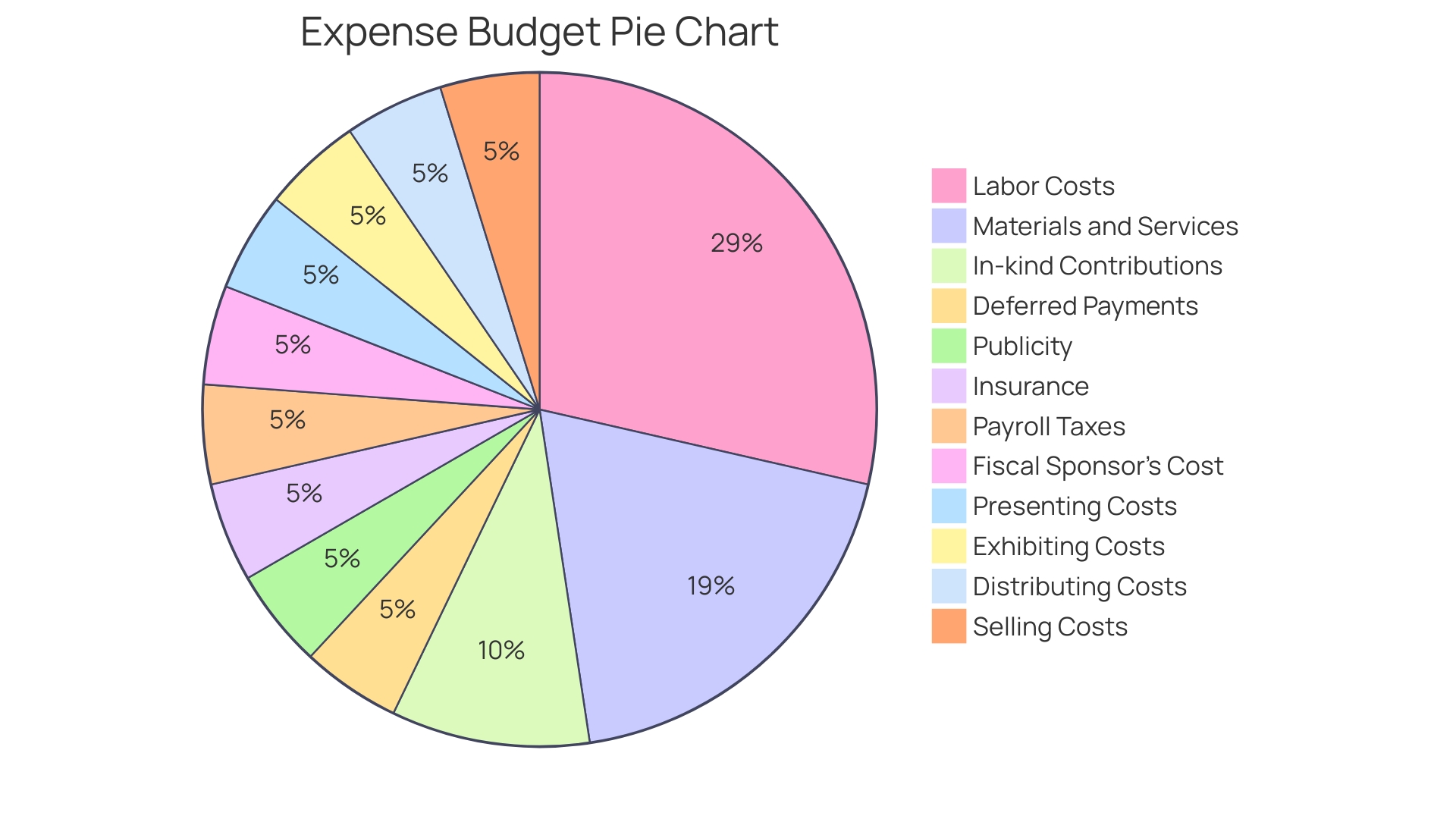
Conclusion
In summary the art market presents investment prospects and art galleries act as a central point for investors to take advantage of changing cultural movements and up and coming artists. The industry has experienced expansion such as a painting that surged in value from $17 thousand to $14 million after being verified as an authentic Rembrand piece and the contemporary art sectors remarkable growth of more, than 2200% since 2000.
Prospective buyers looking to make purchasing choices should research the changing art market landscape and current trends diligently. Understanding the importance of heritage and authenticity in art galleries is key. By employing marketing strategies and adapting to digital advancements galleries can boost their earnings and expand their customer base significantly. Nurturing connections, with collectors and artists further contributes to the success of art galleries.
Evaluating whether an art gallery is an investment is essential, for making informed financial decisions. By analyzing revenue sources and costs while also looking at profit margins and growth prospects can help investors gauge the gallerys potential. Investing in the art market can bring both value and financial opportunities to those involved.
Having an online presence is crucial for art galleries to connect with a worldwide audience and establish trust with art enthusiasts. By leveraging technology and digital channels galleries can interact with fans. Provide distinctive experiences. Content marketing strategies are key, in creating a community of art lovers and buyers demonstrating expertise and positioning galleries as preferred spots to visit.
Establish connections with art enthusiasts and creators is crucial for the success of art galleries.To engage with collectors on a personal basis could lead to loyal customers and word of mouth recommendations; at the same time forging relationships with artists allows galleries to showcase compelling artworks and collaborate, on unique projects.
Assess the prospects of an art gallery by examining revenue streams, costs, profit margins, pricing strategies and expansion possibilities. Given the art markets reliability and lasting appeal, as an investment prospective purchasers can make decisions when supporting galleries that provide both cultural enrichment and financial returns.
In summary the art market presents investment prospects and art galleries can flourish by analyzing market trends adopting digital approaches cultivating relationships and evaluating financial feasibility. Through these efforts galleries can provide enrichment and financial gains for potential investors.




